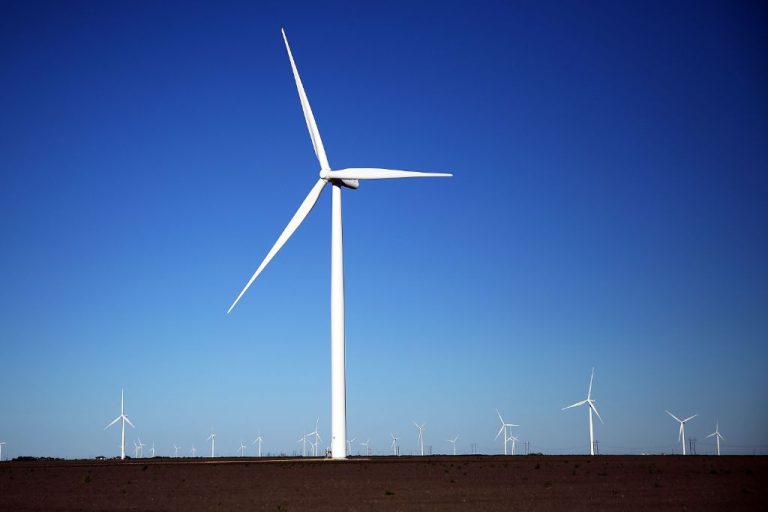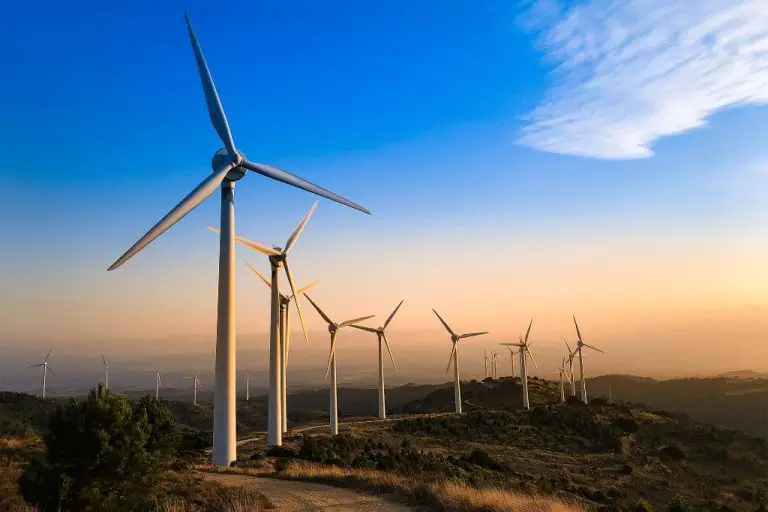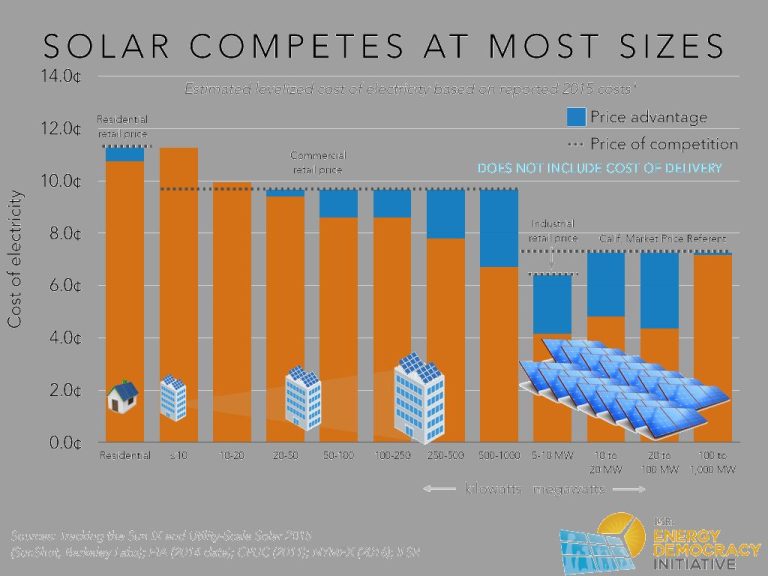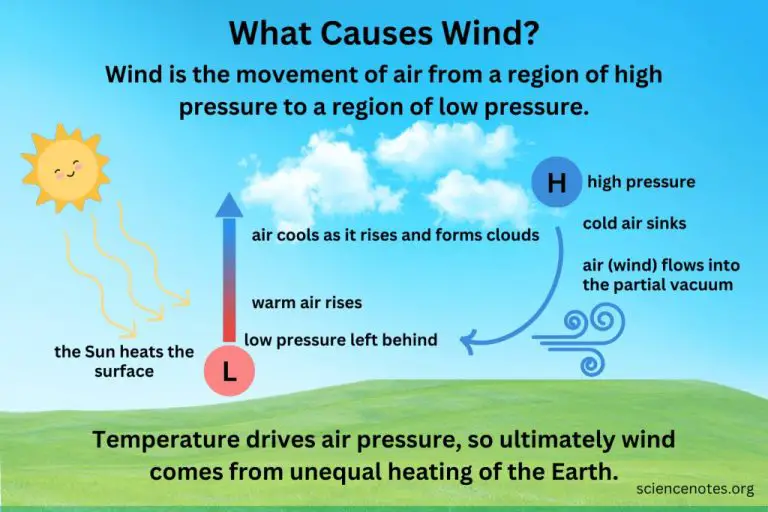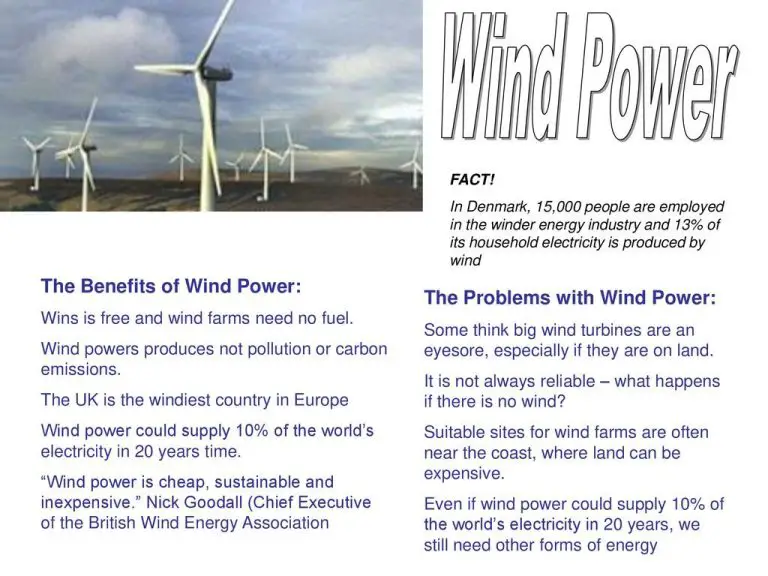How Do I Get Into The Wind Farm Industry?
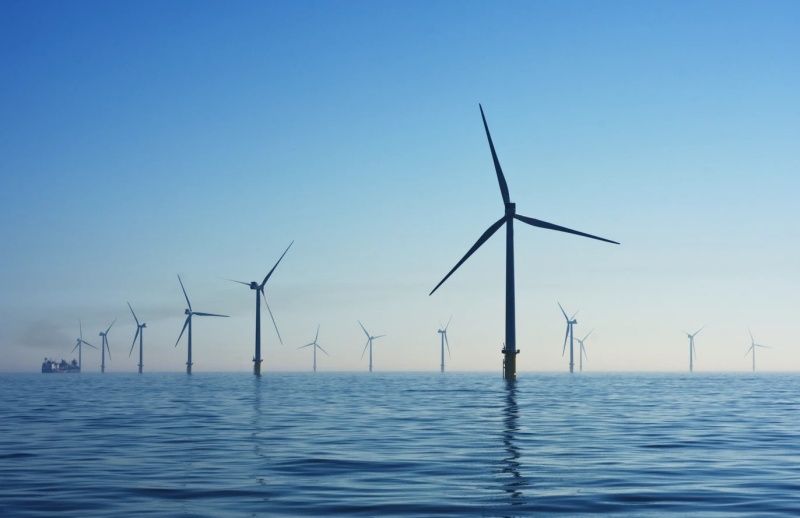
The wind energy industry has experienced rapid growth in recent years as countries seek to reduce carbon emissions and transition to renewable energy. According to the U.S. Department of Energy, the amount of electricity generated by wind turbines in the United States increased by 14% in 2022 to become the second largest source of renewable electricity after hydropower (U.S. Department of Energy). There are now over 122 gigawatts of installed wind capacity in the U.S., enough to power 42 million homes. Wind power accounted for 10.1% of total U.S. electricity generation in 2022 (Clean Power).
Globally, wind power generation increased 14% in 2022 to become the second fastest growing power generation technology behind solar PV, according to the International Energy Agency (IEA). As costs have fallen dramatically in recent years, wind power is increasingly competitive with fossil fuels. The growing demand for renewable energy and declining costs present strong opportunities for careers in the wind industry. There is high demand for skilled workers to develop, construct, operate, and maintain wind farms.
Education Requirements
While entry-level wind farm jobs may only require a high school diploma, most careers in the wind industry require some postsecondary education. The level of education you need depends on the specific role you want to pursue.
Wind turbine technicians, who install, maintain and repair wind turbines, typically need a postsecondary certificate or associate’s degree from a technical or community college. Many employers also provide on-the-job training. Relevant programs provide instruction in areas like turbine maintenance, gearbox repair, electronics, hydraulics and welding. The U.S. Department of Energy has a list of wind technician training programs across the country.
More advanced roles like wind energy engineers require at least a bachelor’s degree in engineering, such as mechanical, electrical, civil or aerospace engineering. Some positions may require a master’s degree as well. Coursework focuses on subjects like thermodynamics, structural design, fluid dynamics and electronics.
Other common majors for wind industry careers include environmental science, meteorology, physics, project management, logistics and business administration. Employers often value work experience, leadership skills and knowledge of the electric utility industry.
Essential Skills
Wind turbine technicians need a unique blend of technical skills and soft skills to succeed in their roles. Some of the most important technical skills include:
- Mechanical skills – Technicians must understand and maintain complex mechanical systems including gearboxes, brakes, generators, bearings, and more (source).
- Electrical skills – Diagnosing and repairing electrical components and control systems is a key part of the job (source).
- Hydraulic skills – Many wind turbine components like brakes rely on hydraulic systems that technicians must troubleshoot and service.
- Control systems – Modern wind turbines use advanced monitoring and control systems that technicians need to understand.
Interpersonal and soft skills are equally important for success, including:
- Communication – Technicians must be able to communicate clearly with co-workers and supervisors (source).
- Problem-solving – Identifying and diagnosing complex faults requires strong analytical thinking.
- Teamwork – Most technicians work closely with others and need collaboration skills.
- Time management – Juggling preventive maintenance and repair calls takes planning.
Job Roles
There are many different jobs and career paths in the wind energy industry. Some of the most common roles include:
Wind Turbine Technicians – Responsible for installing, maintaining, and repairing wind turbines. This is physically demanding work that requires climbing turbines that can be over 300 feet tall. Technicians need specialized technical training and certifications.[1]
Wind Energy Engineers – Design and develop wind turbines, blades, towers, and related components. Requires an engineering degree and expertise in aerodynamics, structural design, materials science, and mechanics.[2]
Project Managers – Oversee the development, construction, operation, and maintenance of wind farms. Requires strong management, coordination, and analytical skills.[3]
Construction Managers – Manage the construction and installation of wind farms and infrastructure. Civil engineering or construction management background is common.[1]
Wind Energy Consultants – Provide consulting services to wind farm developers and operators. Requires expertise in wind resources, project feasibility, permitting, financing, and regulations.[2]
Sales and Business Development – Sell wind energy products, services, and projects. Requires sales, marketing, and negotiation skills along with technical knowledge.[3]
Salaries
Wind turbine technicians can expect to earn an average salary of around $56,260 per year according to CareerExplorer.com (https://www.careerexplorer.com/careers/wind-turbine-technician/salary/). Salaries can vary significantly based on your location, experience level, and specific job responsibilities.
According to ZipRecruiter’s analysis (https://www.ziprecruiter.com/Salaries/What-Is-the-Average-Wind-Turbine-Technician-Salary-by-State), the average annual wind turbine technician salary ranges from $46,000 in the lowest 10% to $71,000 in the highest 10% across the US. Some of the top paying states include New Jersey with an average salary of $58,577 and Wisconsin at $57,316.
Entry level wind turbine technician salaries start around $40,000 per year, while more experienced senior technicians can make over $70,000. Supervisory or management positions can earn upwards of $90,000 annually.
Compared to the national median salary across all occupations of $53,490 reported by the Bureau of Labor Statistics, wind turbine technician salaries are above average. The profession offers strong earning potential, especially as more wind capacity comes online in the US.
Finding Job Openings
Many of the top companies in wind energy regularly post openings for jobs in the industry. Major employers like Ørsted, Avangrid Renewables, and EDF Renewables often have opportunities listed on their careers pages and on large job sites. Industry-specific job boards like ZipRecruiter and SimplyHired are also great resources to find open positions within the wind industry.
Networking can also unlock job opportunities. Attending industry events and conferences is a chance to connect with recruiters and hiring managers. Joining professional associations like the American Wind Energy Association allows access to job boards and networking events. Speaking with professionals already in the industry can provide insights into available roles.
Getting Experience
There are a few ways to gain hands-on experience in the wind industry as a beginner, including internships, apprenticeships, and volunteering opportunities.
Many wind farm operators and turbine manufacturers offer internship programs for college students interested in the field. These provide invaluable on-the-job training and can potentially lead to a full-time job after graduation. For example, Vestas, a major turbine manufacturer, offers internships for engineering and business students at locations across the United States (source).
Formal apprenticeship programs are another excellent way to get trained for a career as a wind technician or mechanic. The U.S. Department of Labor has registered apprenticeships such as wind turbine technician and wind turbine maintenance technician (source). These programs combine paid on-the-job training with classroom instruction over 1-2 years. Many wind farms and companies hire apprentices and provide them with full training.
Volunteering or job shadowing at a local wind farm can also provide valuable insight and experience. Hands-on training programs offered by community colleges and vocational schools are another option to gain entry-level skills before applying for jobs in the field.
Advancement Opportunities
There are many opportunities for career advancement in the wind energy industry. Technicians can grow into management roles with experience. According to the U.S. Bureau of Labor Statistics, “Workers may advance to become technical trainers, operations managers, or project managers.”[1] Some wind techs choose to specialize in certain areas like maintenance, safety, quality control, or testing as they gain expertise.
Engineers have options to take on more responsibilities and leadership as they progress in their careers. The Wind Career Map notes that engineers can become lead engineers, principal engineers, project managers, and eventually directors or executives in engineering firms or wind turbine manufacturers.[2]
There are also opportunities to advance within utility and energy companies, consultancies, construction firms, and more. Overall, the wind industry values experience and offers career growth for dedicated professionals.
Industry Trends and Outlook
The wind energy industry is experiencing rapid growth and is expected to continue expanding in the coming years. According to the U.S. Bureau of Labor Statistics, employment of wind turbine service technicians is projected to grow 68% from 2020 to 2030, much faster than the average for all occupations. The wind industry installed a record 16 gigawatts (GW) of new capacity in 2021, bringing total U.S. wind power capacity to over 122 GW, enough to power over 42 million American homes. Experts predict the industry will reach over 200 GW of installed capacity by 2030 as more wind farms are built across the country.
Advances in technology are allowing for larger, more efficient wind turbines able to generate more electricity at lower costs. New turbine designs, improved materials, intelligent software, and increased automation are some of the innovations enabling the rapid scaling of wind power generation. Offshore wind is an area of huge potential growth in regions like the Northeast U.S. coast, where abundant wind resources and proximity to population centers make it an attractive option. With strong industry growth, government incentives, and technology improvements, wind energy is poised to play an increasingly important role in powering the nation’s homes and businesses in the years ahead.
Getting Started
To get your foot in the door in the wind industry, it’s key to have the right training and skills. Many wind turbine technicians start by pursuing an associate’s degree or certificate program in wind energy technology at a technical school or community college. Programs provide both classroom learning and hands-on training, covering topics like turbine maintenance, electronics, and safety regulations (source).
When applying for jobs, highlight any previous experience working with electrical, mechanical, or hydraulic systems. Employers also look for strong troubleshooting and computer skills. Make sure to emphasize your comfort working at heights and in inclement weather, as well as your dedication to safety (source). During interviews, be prepared to demonstrate your technical knowledge and explain why you want to work in wind energy.
Once on the job, focus on developing expertise through ongoing training and certifications. Many companies provide months of on-site instruction to help technicians learn the specifics of their equipment. Safety training is also critical, as attention to hazards and safe practices is paramount when working on wind turbines. With experience and additional qualifications, there is room for advancement into supervisory or training roles.

